In the heart of Buckinghamshire Country, deep in the British countryside, the Kop Hill Climb is among the most historic of all road races. The first race was held in 1910 as a test of machinery on the unpaved, winding road up the tallest local hill. The course begins gently, but the mid-section is a 1-in-6 grade (17%), and steepens to 1-in4 at the end (25%), which seemed nearly insurmountable in those early years of single-speeders with slipping belt drives.[Words: Colin West and Paul d’Orléans]
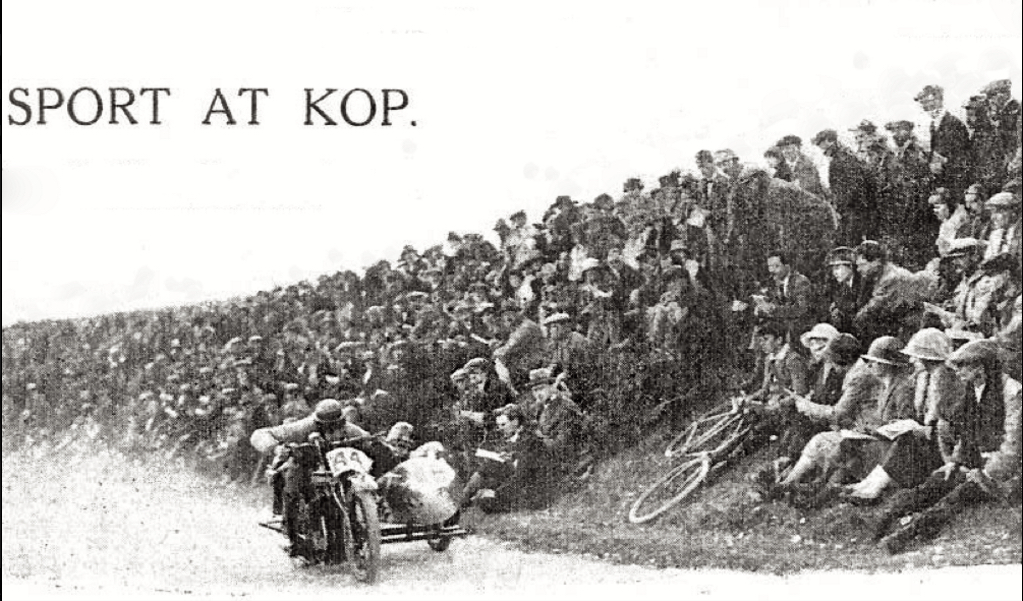
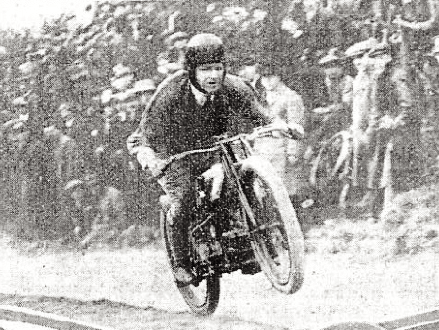
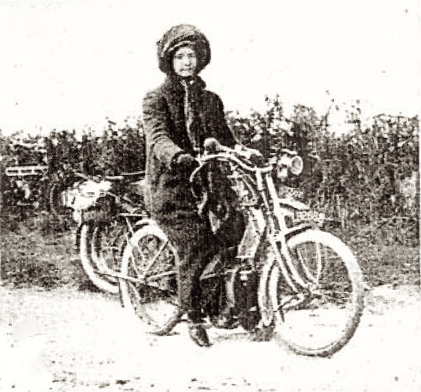
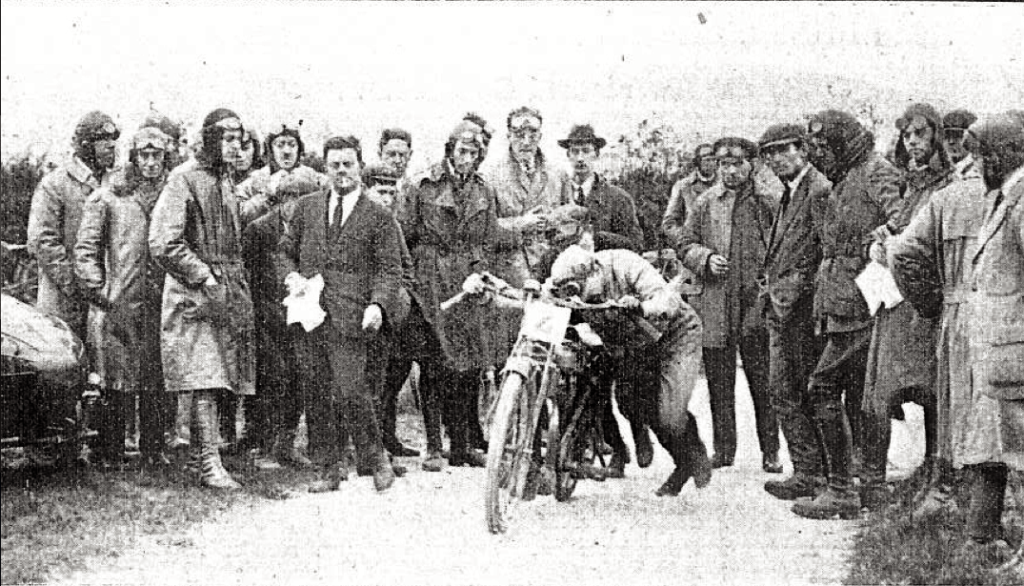
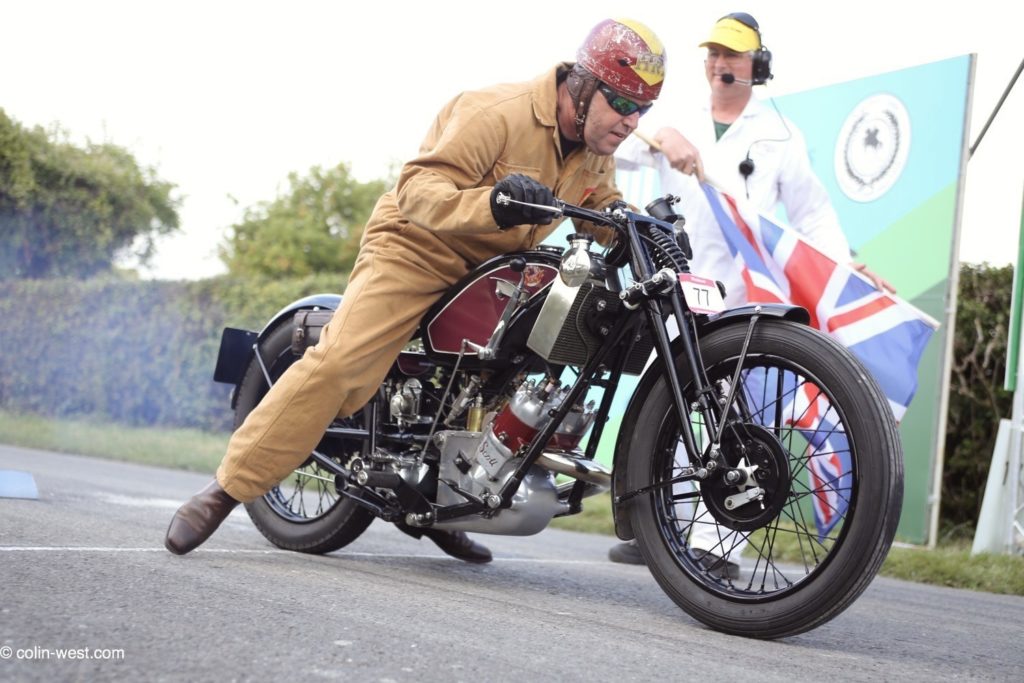
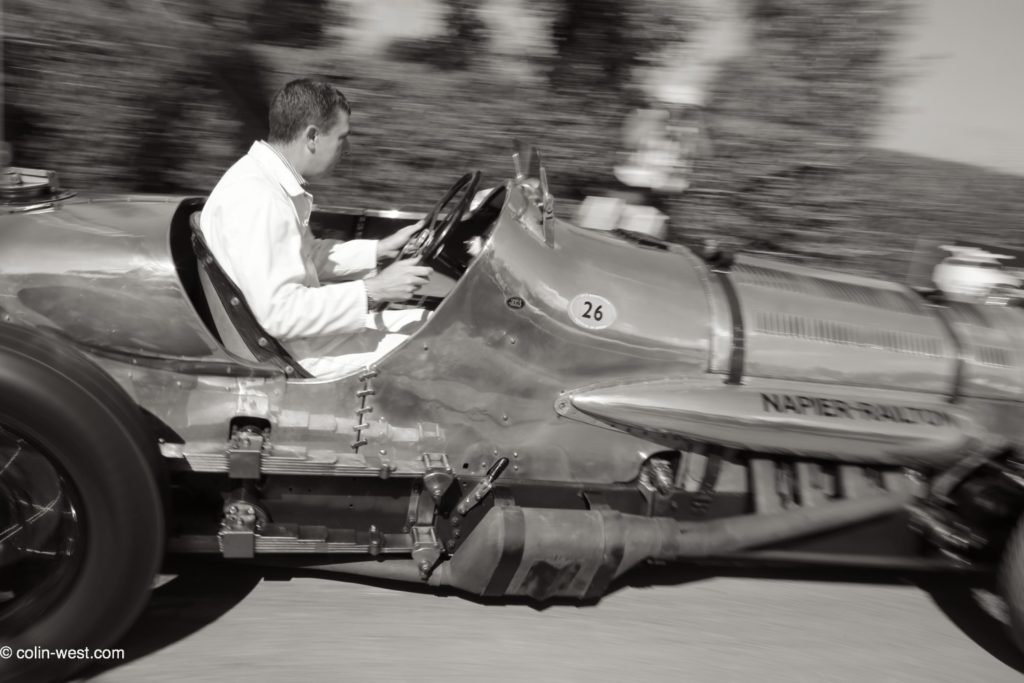
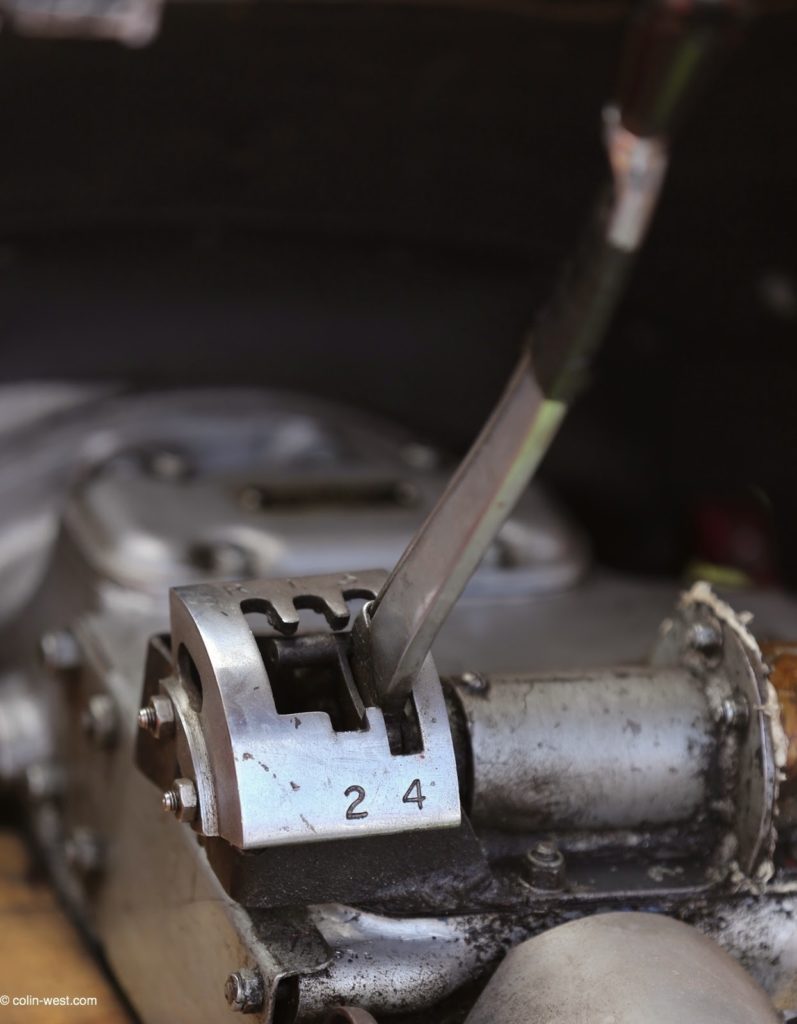
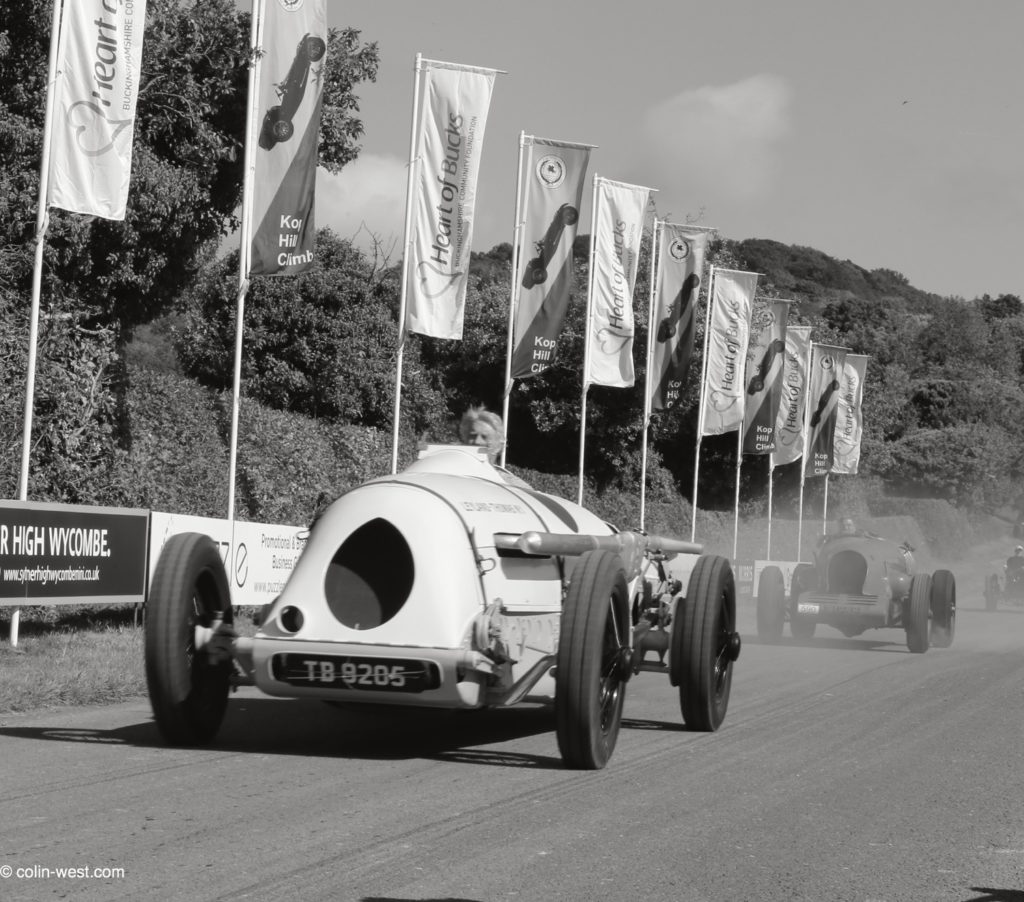
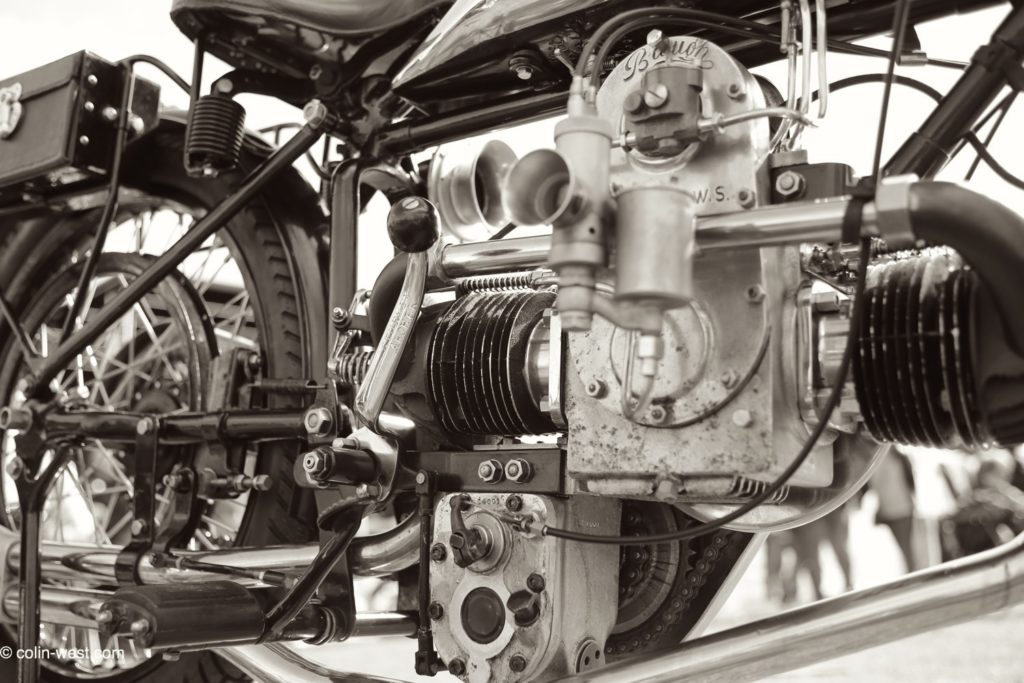
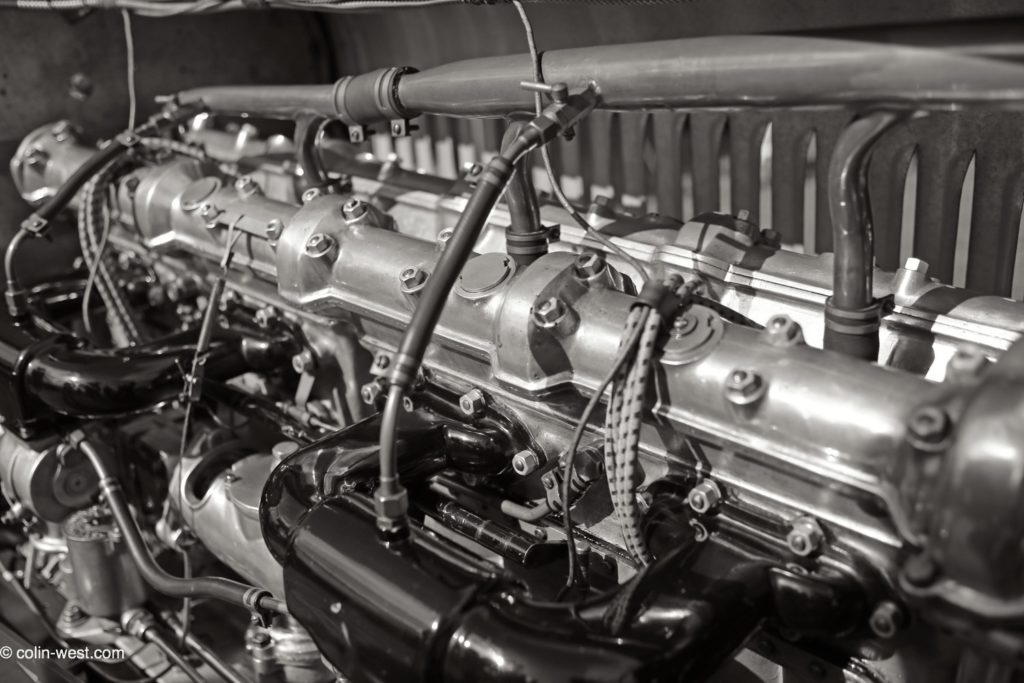
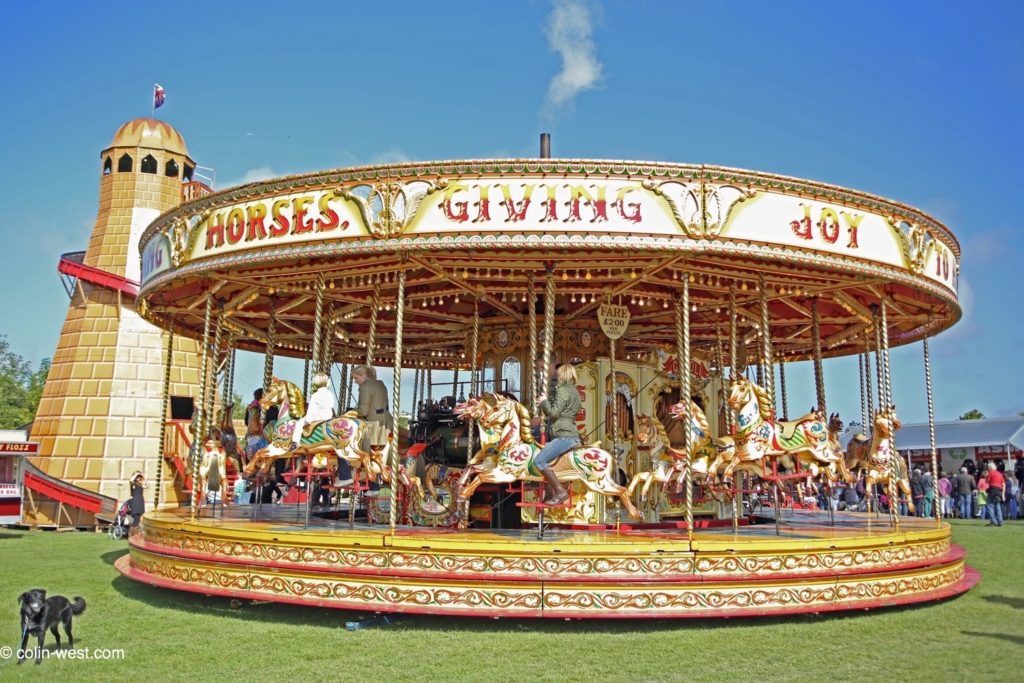
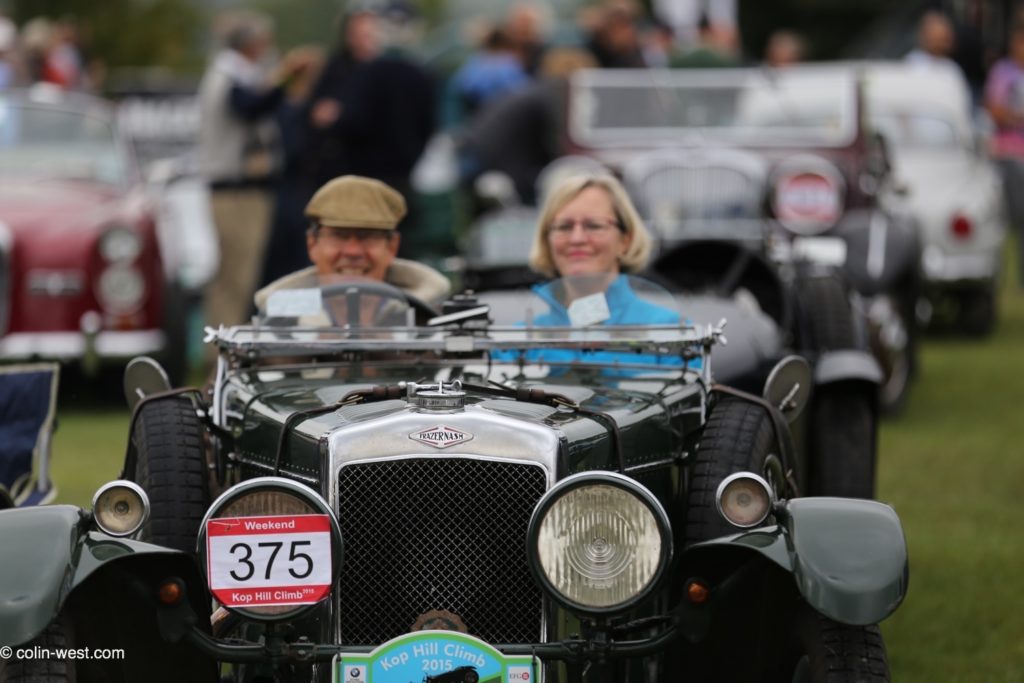
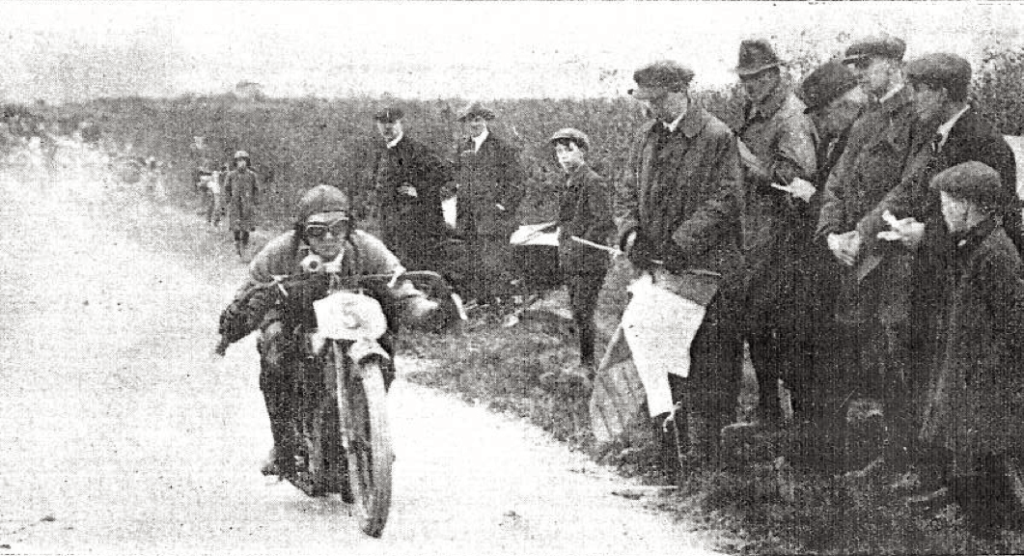
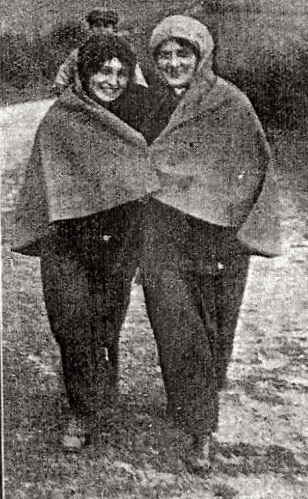
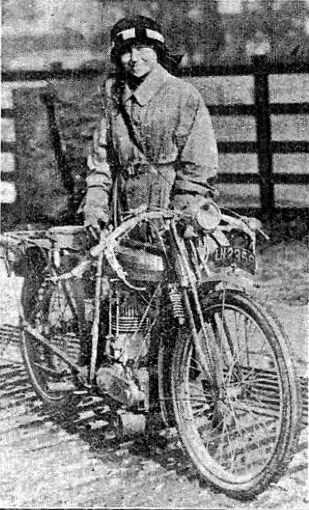
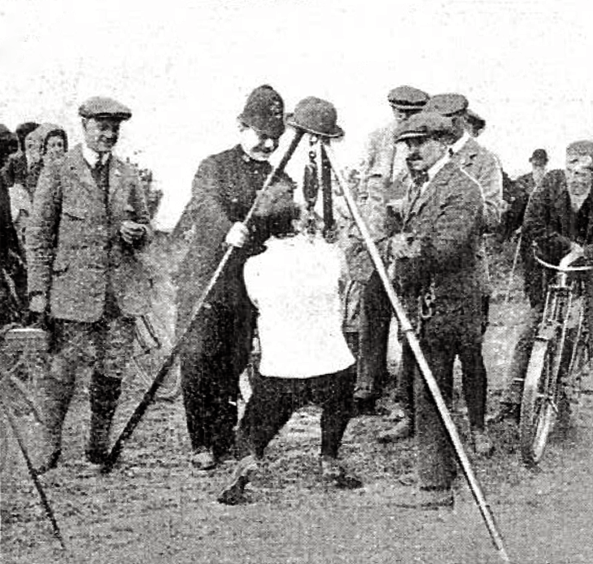
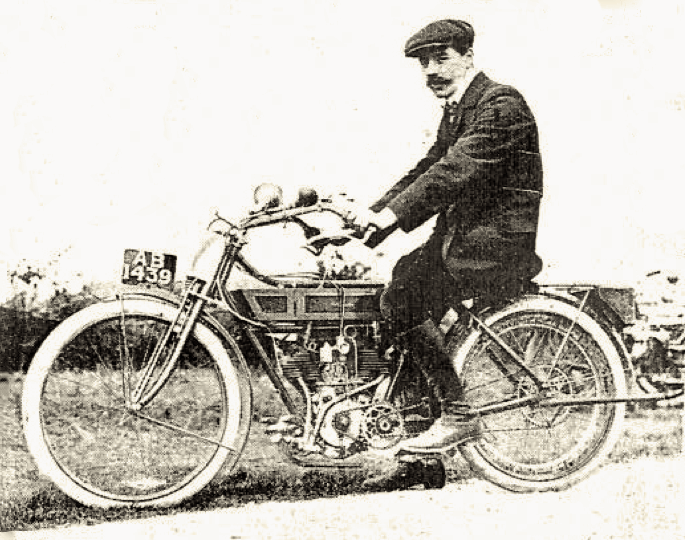
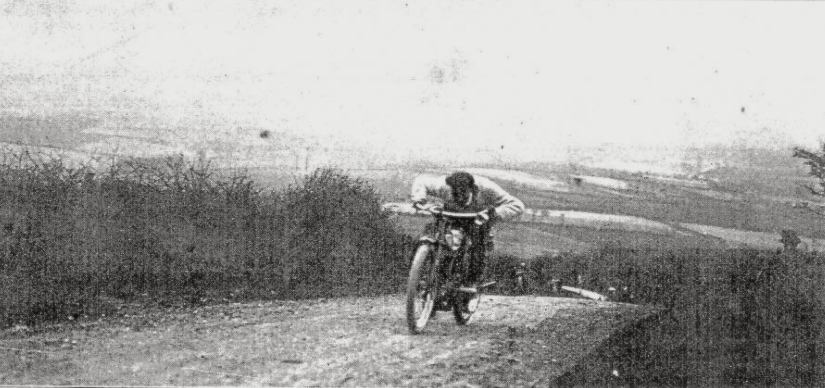
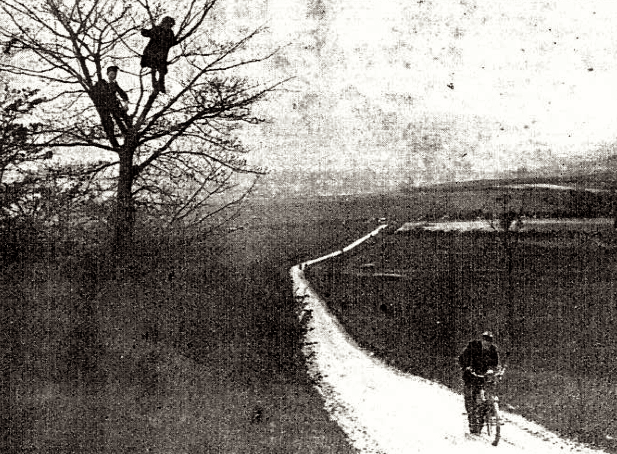
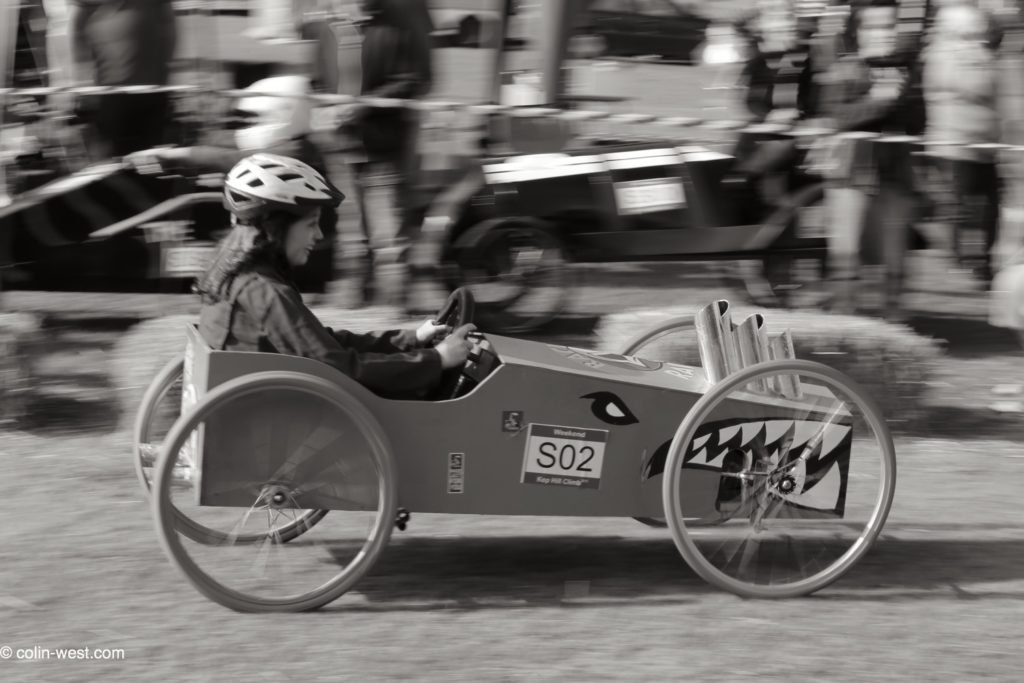
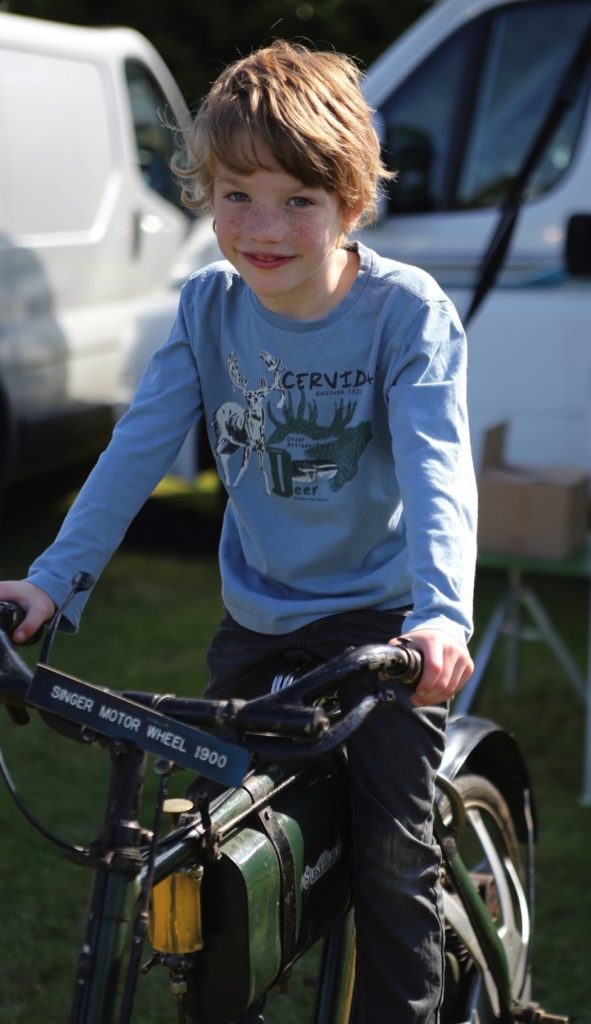

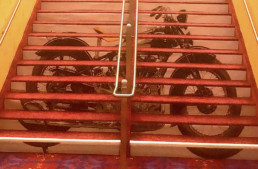
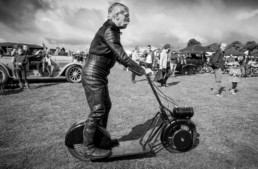
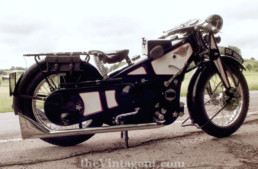
Colin, that looks like so much fun! I’d love to join you there someday. Thanks for sharing your words/pics. Even though it is a non-competitive event, are the vehicles timed during their runs?
Sadly – no the event is not timed, though in a way it opens it up to more people entering as there is no pressure to do anything but enjoy it. Glad you liked the snaps – Montlhery is a fun place too – I saw some of your photos.
Colin
Colin, Many thanks for a very interesting story and wonderful old photos. Any truth to the rumor that Paul fell off the end of the world?
Cortez in Virginia
Cortez, yes nearly. Just a very busy man, although I’m sure you see my hand in this post! It was fun researching the vintage photos and history.
great 1933 Napier-Railton 24L aero-engine beast
Paul/Pete,
Steve here from the Isle of Man, came on some of the VOCNA summer runs a few years ago.
Love your site, read it regularly.
re the Kop hill-climb, I shall be taking 16 members of our Vintage MCC to Harrogate (North Yorkshire) this summer and to commemorate the 1928 ISDT which was held in that town will be resurrecting some of the ISDT activities of the day – hopefully including a hill-climb.
It will be an amateurish affair and we may liven up the results by building in handicaps for age of bike and rider etc, but it will certainly be fun. I shall report back and look forward to meeting up with you again if you ever come across to England,
Cheers, Steve
What a magnificent article, we’d like to say a huge well done and thank you from all of us at the Kop Hill Climb Festival for bringing our heritage to life in such a wonderful way.
Thank you sincerely 🙂